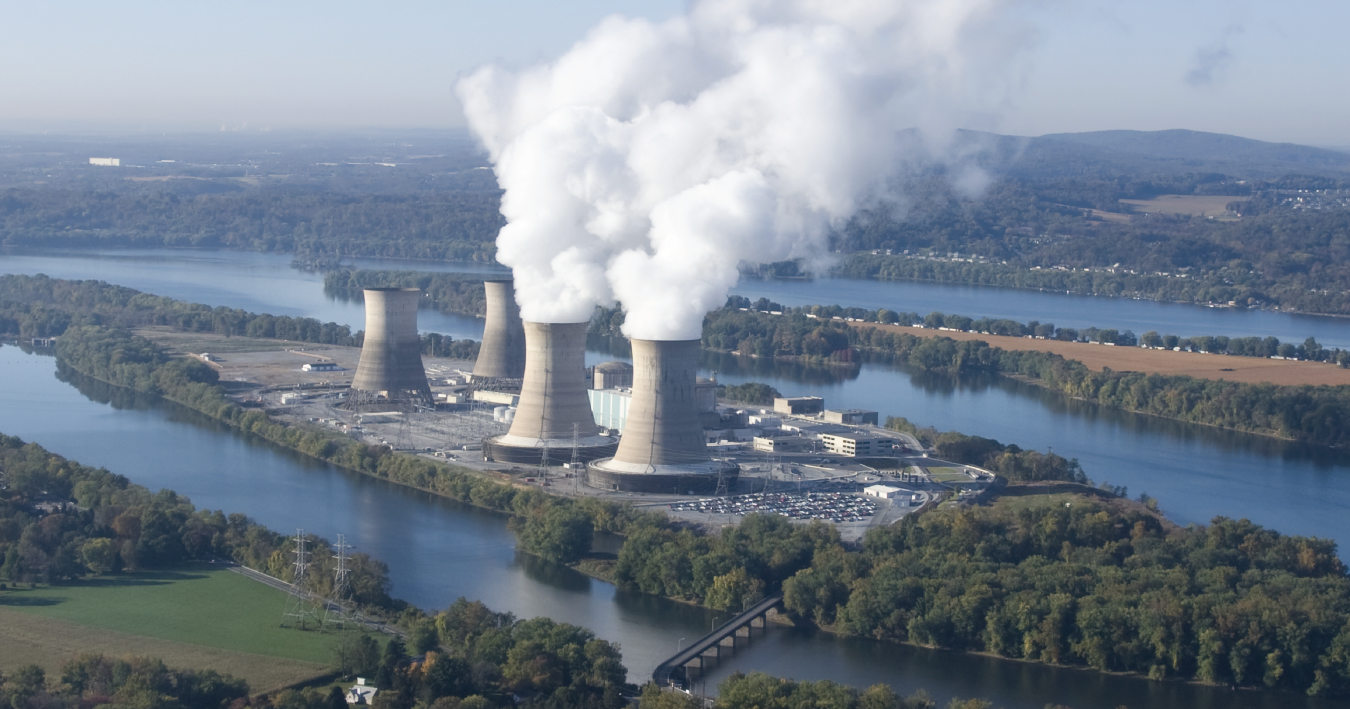Facts to know about the accident at Three Mile Island in 1979.
May 4, 2022The most serious accident in U.S. commercial nuclear power plant operating history occurred at the Three Mile Island nuclear station in Pennsylvania. A combination of equipment failure and operator error led to the partial meltdown of the power plant’s Unit 2 reactor that resulted in the release of a small amount of radioactive material.
Here are 5 facts you should know about the accident at Three Mile Island.

1. No injuries, deaths or direct health effects were caused by the accident
Following the event, detailed studies of the accident’s radiological consequences were conducted by the Nuclear Regulatory Commission (NRC), the U.S. Department of Energy (DOE), the Environmental Protection Agency, the Department of Health, Education and Welfare (now Health and Human Services), and the Commonwealth of Pennsylvania.
Experts determined that the approximately 2 million people in the nearby area during the accident were exposed to small amounts of radiation. The estimated average radiation dose was about 1 millirem above the area’s natural background of about 100-125 millirem per year. To put this into further context, exposure from a chest X-ray is about 6 millirem. The accident’s exposure had no detectable health effects on the plant workers or surrounding public.
2. Unit 2 experienced equipment and instrumentation malfunctions
On March 28th, 1979, equipment failures and a stuck open relief valve prevented the removal of heat from the Three Mile Island Unit 2 reactor’s core–– an essential function that prevents reactor damage. The instrumentation incorrectly indicated to plant operators that the valve had reclosed as expected once proper pressure levels were reached. Unaware that the plant was experiencing a loss of coolant accident, operators took actions that ultimately exacerbated the issue. The malfunction and operator error resulted in inadequate cooling water circulation to the reactor core causing it to overheat and suffer a partial meltdown. Consequently, a small amount of radioactive material was released.
3. No adverse effects to the surrounding environment
Months after the incident, concerns were raised about possible adverse effects from the radiation exposure on the people, animals, and plants in the areas near Three Mile Island. Various government agencies monitoring the area collected thousands of environmental samples of air, water, milk, vegetation, soil, and foodstuffs. It was determined that very low levels could be attributed to the accident and that the radioactive release had negligible effects on the physical health of the individuals or the environment.
4. NRC Implemented Enhanced Safety & Training
Thorough analysis of the accident’s events led to widespread changes across the U.S. commercial nuclear industry. The NRC implemented new, more stringent regulations related to improved training, emergency response planning, as well as upgrades to plant design and equipment requirements. Operators are now fully trained to understand the entire physics of the system. This knowledge makes them more equipped to use their operating knowledge and plant procedures to work through and manage unusual accident scenarios.
The Institute of Nuclear Power Operations was established in 1979 by the nuclear industry to provide a unified industry approach to plant management, training, and operation to further enhance nuclear safety. The NRC expanded its international activities to share important technical upgrades with other countries.
DOE currently collaborates with our international partners to better understand nuclear incidents around the world like the Fukushima Daiichi Nuclear accident. The analysis and lessons learned from these events support the continued safe, secure, and peaceful use of nuclear energy.
5. Three Mile Island’s Unit 1 continued operation until 2019
Three Mile Island had two nuclear reactors–– Unit 1, which began operation in 1974, and Unit 2, which began operation in 1978. Unit 2 shutdown following its partial meltdown in 1979. The fuel was removed and, along with the damaged reactor core debris, shipped to Idaho National Laboratory. The unit was placed in long term, monitored storage in 1993 to await decommissioning at the same time as Unit 1.
Three Mile Island’s Unit 1 continued operation for 40 years before shutting down in the fall of 2019. The reactor had a generating capacity of more than 800 megawatts of carbon-free electricity and at its peak employed 675 people.

